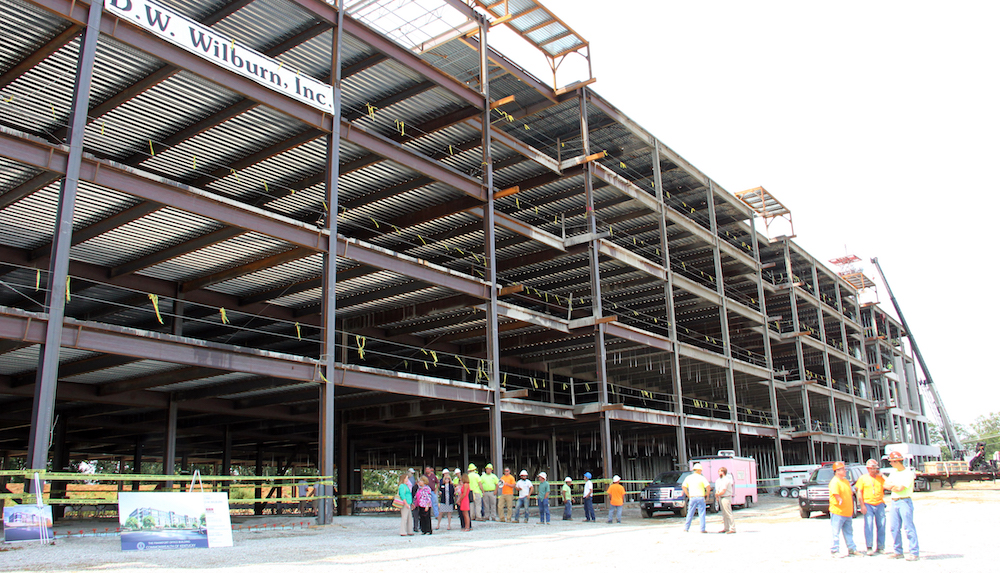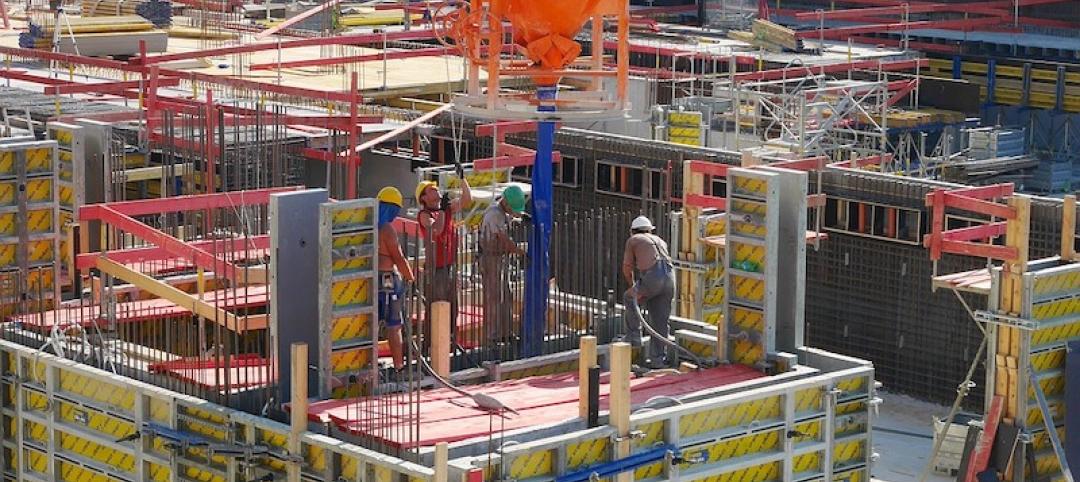The U.S. Department of the Treasury recently published an Economic Framework for Comparing Public-Private Partnerships and Conventional Procurement.
The department concluded that there is no single factor that should determine whether a P3 is likely to yield a stronger benefit than one delivered through conventional means. The paper also outlines important steps for a government to take before procuring a P3 project to ensure optimal benefit to the taxpayer.
One key factor cited in the report was the capacity of a project to bundle several projects into one large contract. The capacity to bundle is by far the most important factor in a P3 creating cost savings, the report concluded.
Other important considerations were:
- Private-sector expertise: A strong indicator of whether the project will provide a net-benefit over the full life cycle of a P3 is the technical expertise available.
- Clearly defined terms that are quantifiable: How precisely does the contract lay out the service level required?
- High capital costs and long lived assets: Assets procured using a P3 need to be large enough to generate cost savings that offset the transaction costs of privately raised capital.
Related Stories
Codes and Standards | Jun 27, 2019
Updated standard for liquid applied flashing for exterior wall openings released
AAMA document establishes minimum performance requirements.
Codes and Standards | Jun 27, 2019
Public restrooms being used for changing clothes, phone conversations, and 'getting away'
About 60% of Americans use a public restroom one to five times a week, according to the latest annual hand washing survey conducted by Bradley Corporation.
Codes and Standards | Jun 21, 2019
Green Globes 2019 accepted as a revised American National Standard
Advances include language on resilience, life cycle cost analysis, moisture control analysis, health, and effectiveness.
Codes and Standards | Jun 14, 2019
Reports from Intl. Code Council focus on expanding use of shipping containers as building materials
Three companies show compliance for using containers for housing.
Codes and Standards | Jun 13, 2019
Report explores potential for rope-less and multidirectional elevators in tall buildings
Technology can enable cities to be more interconnected, efficient, and accessible.
Codes and Standards | Jun 12, 2019
USGBC-LA launches Net Zero Accelerator
Goal is to enable building tech market adoption for a net positive future.
Codes and Standards | Jun 11, 2019
BREEAM USA In-Use standard to be released this fall
Will expand to include residential and multifamily for assessment and certification.
Codes and Standards | Jun 10, 2019
Intl. Code Council releases Natural Disaster Preparedness Guide
Provides tips for staying safe during and after a hurricane or severe weather.
Codes and Standards | Jun 7, 2019
Market conditions indicate slower growth in industrial real estate sector
E-commerce, market oversupply, rising interest rates to dampen hot market.
Codes and Standards | Jun 3, 2019
Haskell invests in BLOX, creator of modular-based delivery method
‘Represents important part of Haskell’s future strategy,’ says CEO.

















